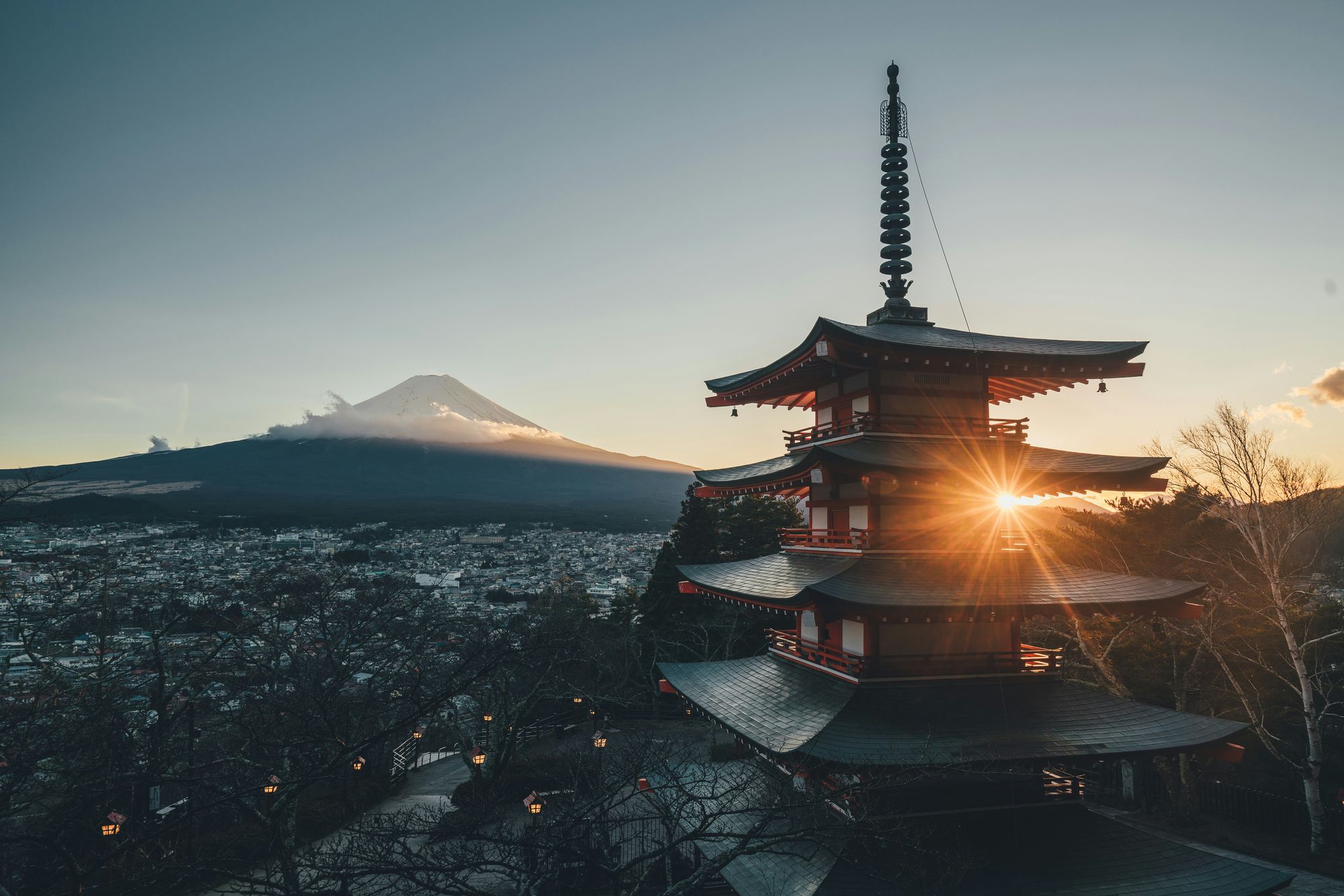Japan sets new THC residue limits for hemp products
Japan has officially revised its THC limits for hemp products. The changes are to come into force from 12 December 2024. Read more about the details of the new regulation in the following text.

Japan has officially revised its THC residue limits for hemp products, a significant update published in the September 11, 2024 Government Gazette and set to be enforced starting December 12, 2024. This change reflects a strategic shift in regulatory approach from usage-based to form-based classification, aiming to streamline and clarify the standards for Japan's hemp industry.

Details of the new regulation
The new regulations categorise THC residue limits based on the physical form of the hemp-derived products:
- Oils and powders, which are in liquid form at room temperature, are permitted a THC limit of 10 parts per million (ppm).
- Aqueous solutions have a much lower threshold of 0.1 ppm.
- For other forms of hemp-derived products, the limit is set at 1 ppm.
This detailed classification is designed to align with the diverse nature of hemp products available in the market, ensuring that each form is regulated under guidelines that are appropriate to its use and composition.
The enforcement date for these new standards has been postponed from the originally planned October 1, 2024 to December 12, 2024. This delay provides additional time for industry stakeholders to adapt their operations to meet the new standards. The Ministry of Health is expected to publish detailed testing rules on their website by December, which will guide the industry on compliance verification methods.

Social and economic perspectives
The adjustment in THC limits also reflects a broader societal shift towards a more informed and regulated acceptance of hemp products. By setting clear and precise limits, the Japanese government aims to protect consumers while supporting the growth of a market that can contribute positively to health and wellness sectors.

Moreover, these changes are expected to stimulate research and development within the country’s hemp industry, which has been cautious but optimistic about integrating hemp more deeply into economic activities. This could lead to advancements in agricultural technologies and more robust economic opportunities in rural areas where hemp cultivation is suitable.

Conclusion
Japan’s updated THC residue limits are a clear indication of the government's commitment to regulating the hemp industry with precise and scientifically-backed standards. By adjusting the classification to focus on the form rather than usage, the regulations aim to provide clarity and consistency, which are crucial for both producers and consumers navigating this evolving market.


